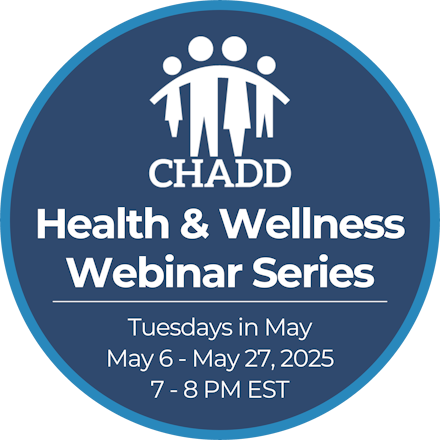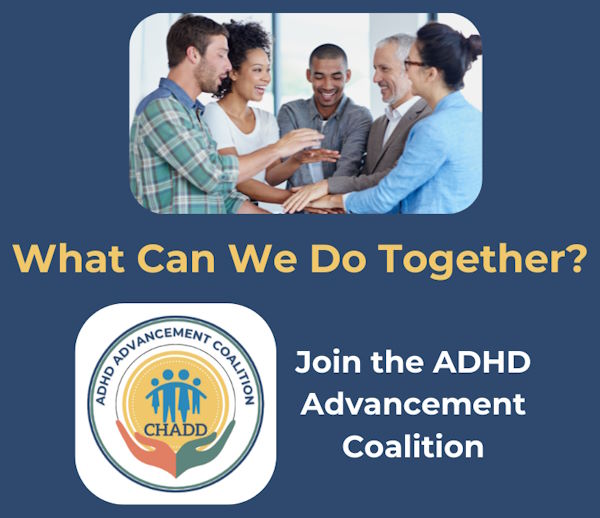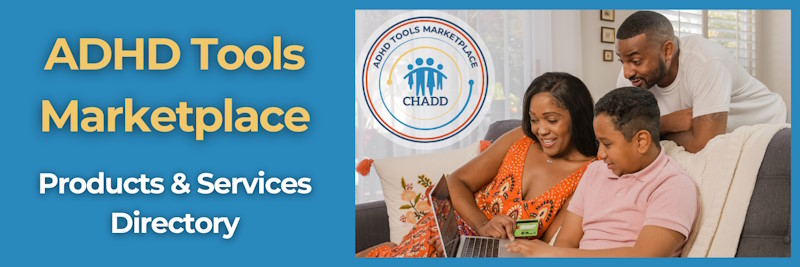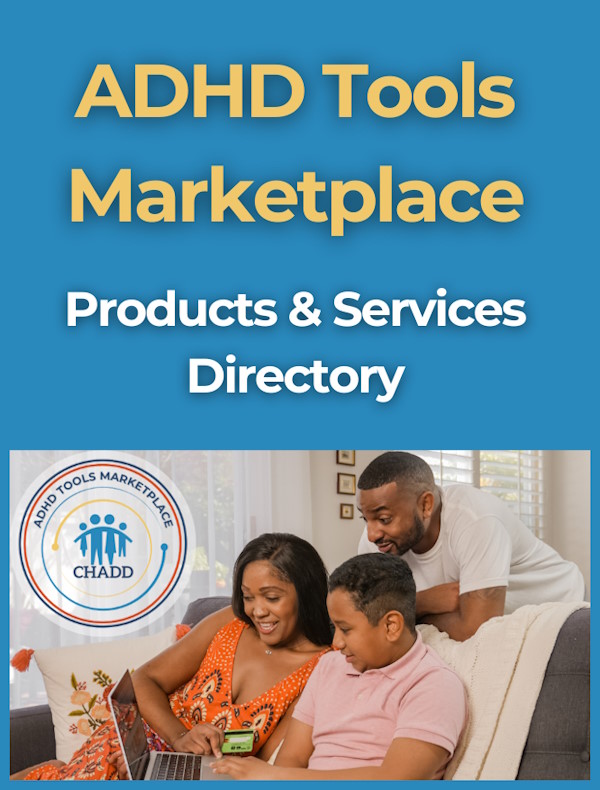ADHD in the News 2025-04-10
April 10, 2025New Study Links Diabetes in Pregnancy to Developmental Risks in Children
All ADHD Meds Tied to Small Blips in Blood Pressure and Pulse
Children with neurodevelopmental disorders found to be negatively impacted if their mothers had difficult childhoods
ViewADHD Weekly, April 3, 2025
April 3, 2025Autism Awareness Month Highlights Connection Between ASD and ADHD
Feeling Stressed? It Can Make ADHD Symptoms Seem Worse
View
Attention Magazine
Recognized for its excellence, CHADD’s bimonthly magazine is rich in practical information, clinical insights, and evidence-based strategies for managing ADHD.
LEARN MORE
